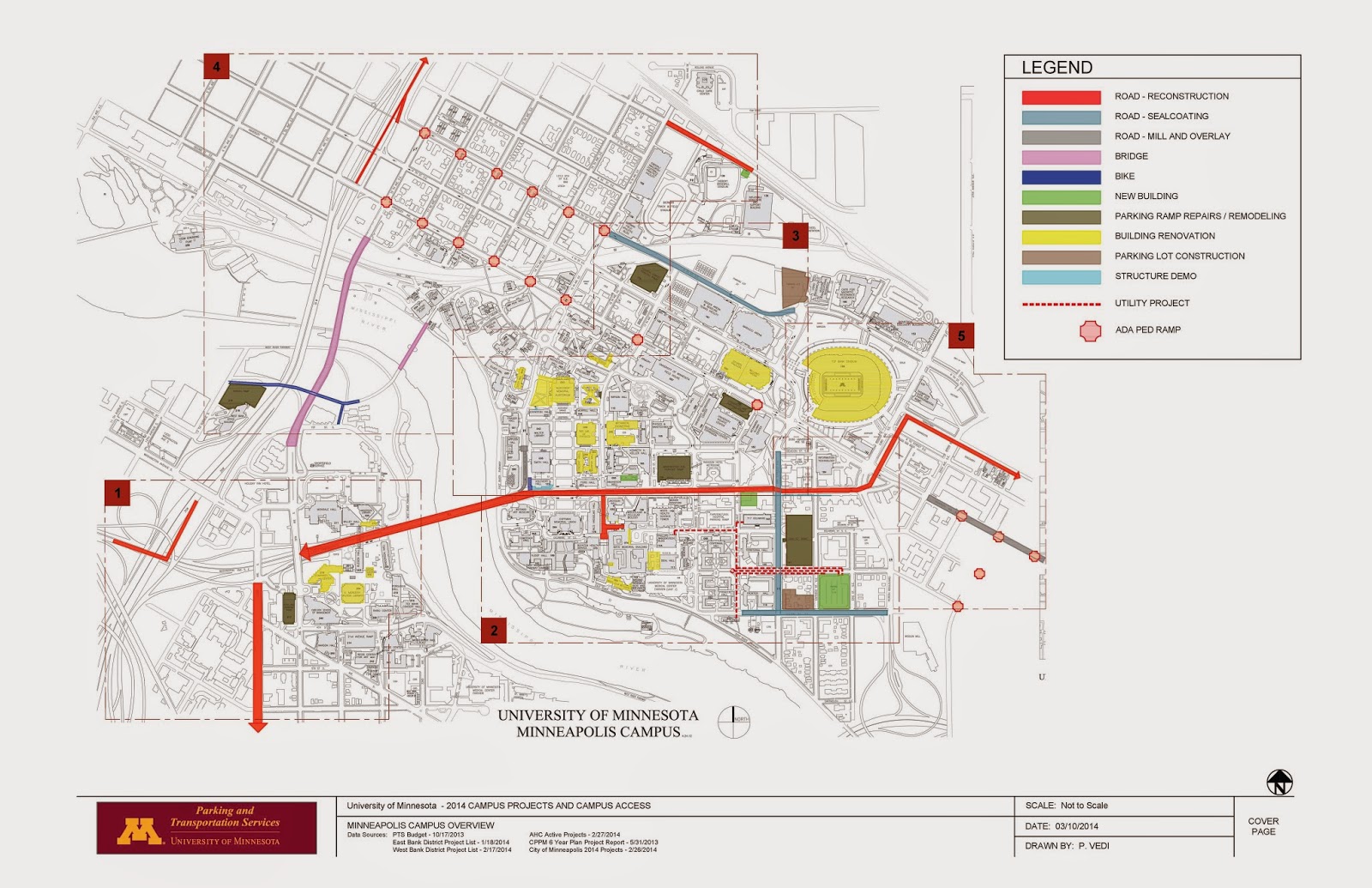Ken Kerns has been appointed to the position of Assistant Vice President, University Health and Safety (UHS). Ken will begin in his new role on November 24, 2014.
The AVP is responsible for the development, implementation, administration, facilitation, and monitoring of health, safety, and preparedness policies and programs for the University of Minnesota system. The position works collaboratively with faculty, academic administrators, and staff to support academic and research excellence while developing and sustaining a culture of safety and compliance. University Health and Safety was recently expanded, and now includes the Department of Environmental Health and Safety, the Office of Occupational Health and Safety, Facilities Management Safety, the Department of Emergency Management, and the Building Code Division.
Ken comes to us from Tulane University, where he has served for the past three years as the Assistant Vice President for Environmental Health and Safety. During his tenure, he has successfully strengthened partnerships with the academic community and has guided his team toward a more effective organization with a focus on excellence and service. Prior to Tulane, he served at Iowa State University for sixteen years as the Associate Director of Environmental Health and Safety, specializing in radiation safety, emergency management, and physical safety. He also continues to consult on a periodic basis for the International Atomic Energy Agency, a role he has maintained since 1997. He received his B.S. in Zoology from Weber State College, and his M.S. in Zoology from Iowa State.

















